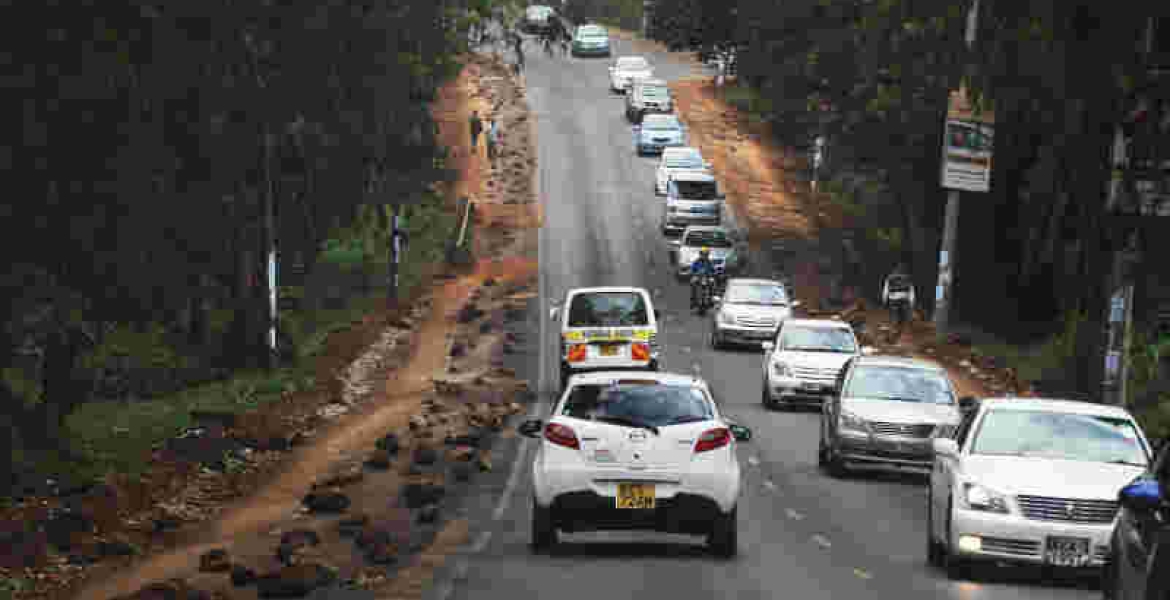Meteorology is not an exact science – its practitioners do not claim it is. Time and time again meteorologists have abundantly shown they gamble with weather patterns.
They try to predict the increasingly unpredictable, especially expected rainfall over time. They do this to maintain a semblance of relevance. Or rather to justify their occupation of their expansive headquarters in Dagoretti Corner, along Nairobi's Ngong Road.
Sometimes, which is rare, far and in between, weather predictors get it right, but most of the time they fall way off the mark. Their predictions are falling flat this season.
In February, the experts predicted low and below-average rainfall across most parts of the country. They engraved pessimism on many minds. Some people did not even bother to prepare larger chunks of their lands for the season. They had been trained to expect the worst to follow the bad.
The director of meteorological services David Gikungu loudly boarded the pessimism bandwagon. He gave a doomsday scenario for the March-May rainfall situation:
"The country is already experiencing drought conditions, particularly in the arid and semi-arid counties due to inadequate rainfall over the last five seasons," he said in March.
"A sixth consecutive failed season will be devastating for the millions of people already suffering from the drought.”
The predictions are changing after watching the gathering clouds, perhaps, from the windows of their offices. Meteorologists have since updated their initial weather forecasts.
For the week ending May 1, meteorologists were saying, "rainfall is likely to continue over most parts of Kenya with heavy downpours in Central Highlands, Lake Victoria Basin, Rift Valley, Coast, Southeastern lowlands, Western, Northwestern and Northeastern regions."
The predicted low and depressed rainfall has since changed to downpours, which are wreaking havoc across the country. Floods from the Mau ranges of the central Rift Valley are destroying infrastructure in the Maa country.
The Mai Mahiu-Narok road was cut off last week, as it often does when it floods. Debris covers sections of the road. Tourist vans, snaking their way to the Maasai Mara Game Reserve and other tourist attractions in the South Rift, are common on this road.
Devastating floods along River Nyando is impoverishing peasants. Floodwaters have occupied their homesteads, destroying farms and livestock. From drought-induced hunger, now comes floods-aided dispossession.
Mets are predicting El Niño rainfall sequel later in the year. It's a full swing from deathly drought to deadly floods. The paradox sucks in the face of lofty government promises.
River Nyando has broken its banks. Furious floods are spilling across the low-lying Kano Plains with exodus rage. Nature has gone wild, as it always does for a people who have refused to turn adversities into opportunities.
Once again village women are crying, as they have done since 1963. There can be no more impoverishing phenomenon than wild nature. Authorities are advising flood victims to 'move to higher ground'. Never mind who owns the higher ground victims occupy every time Sondu, Miriu and Nyando rivers break their banks. One more lesson in natural contradictions we should tame.














